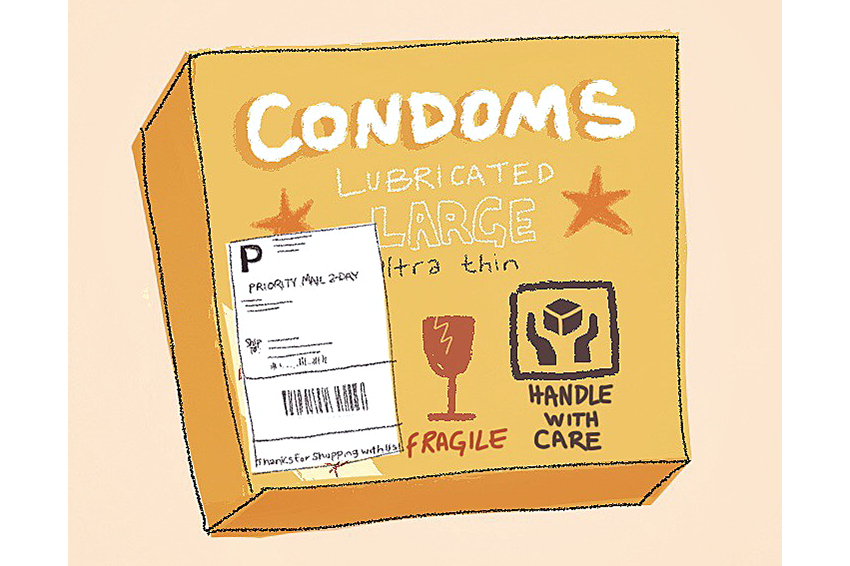The word pandemic, as used in medical circles, describes the occurrence of a worldwide disease condition. Readers will be familiar with the recent viral pandemic, which hopefully is on its last legs.
But there are other pandemics, which sometimes don’t quite hit the headlines with as much fanfare. A recent publication has highlighted the global re-emergence of sexually transmitted infections (STIs for short). This is so much so that the WHO aims to end this STI epidemic by 2030.
STIs are infections that are transmitted sexually. They include gonorrhoea, chlamydia, syphilis, and even HIV, among others. The referenced publication has looked at worldwide data, and documented an increasing rise in STIs. The most affected groups are adolescents and men. But women and other age groups aren’t spared in any significant way. In short, everyone remains at risk.
An ignorant individual may ask why the concern with STIs? Well, sexual infections are nasty.
They can cause both short and long-term problems, eventually limiting both quality of life and longevity.
Infections like gonorrhoea and chlamydia can affect reproduction, and lead to infertility. Those infected with syphilis and HIV can progress to multiple organ involvement, and may quickly die from untreated disease. And if those infected are unaware of their status, they can continue to infect others, thereby sustaining an epidemic cycle.
Needless to say, the single most important strategy is to avoid getting STIs in the first place. Not having sex with anyone at all is a sure way of avoiding STIs, but it’s hardly practical for most.
The next best thing is to have sex only with individuals of known STI status. That means each party gets screened for STIs, and if negative, each party maintains a monogamous status. Short of all that, protected sex is the other strategy. Condoms, male or female, used every time and appropriately, are a proven strategy.
The only way to be sure you don’t harbour an STI is to get tested. Rapid screening tests are readily available. There shouldn’t be any stigma in getting tested, you are only being pragmatic.
Encourage your sexual partner(s) to get tested. If negative, maintain a heightened awareness on avoiding STI exposure henceforth. Anybody testing positive for an STI should be treated promptly, and should notify their sexual partners, who should also be tested and treated appropriately.
Public health strategies on limiting STIs are a mix of sexual health education, and widespread screening and treatment. Adolescents are a special group that needs sexual health guidance from parents and guardians. Everyone else must guard themselves, and others, against avoidable STIs.
Dr Alfred Murage is a Consultant Gynaecologist and Fertility Specialist. [email protected]
Sexually transmitted diseases
World Health Organisation
Discovered on: 2022-06-05 17:30:12
Source: Sexually Transmitted Diseases on the rise



